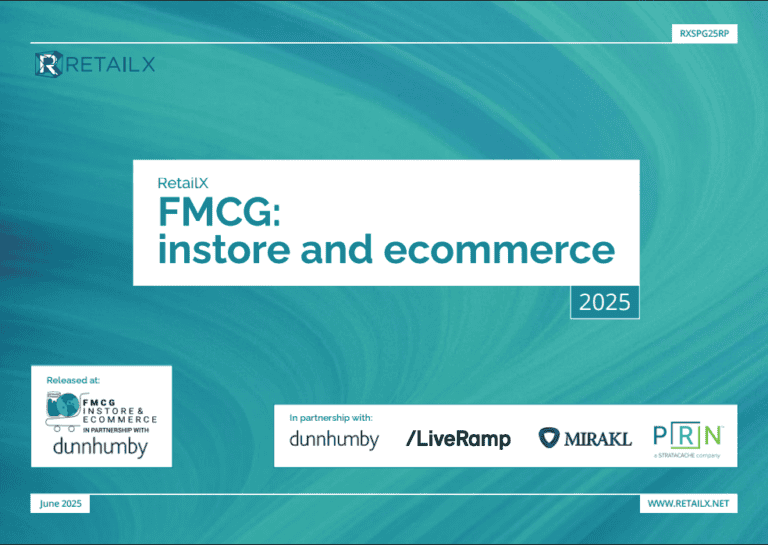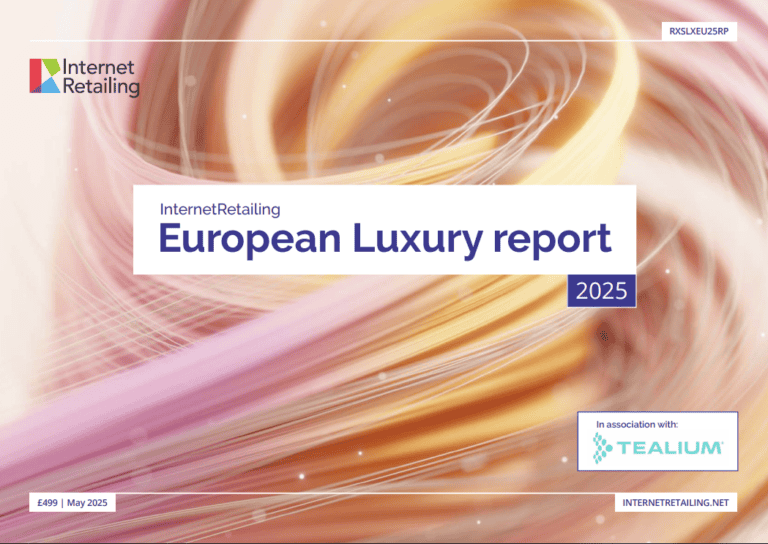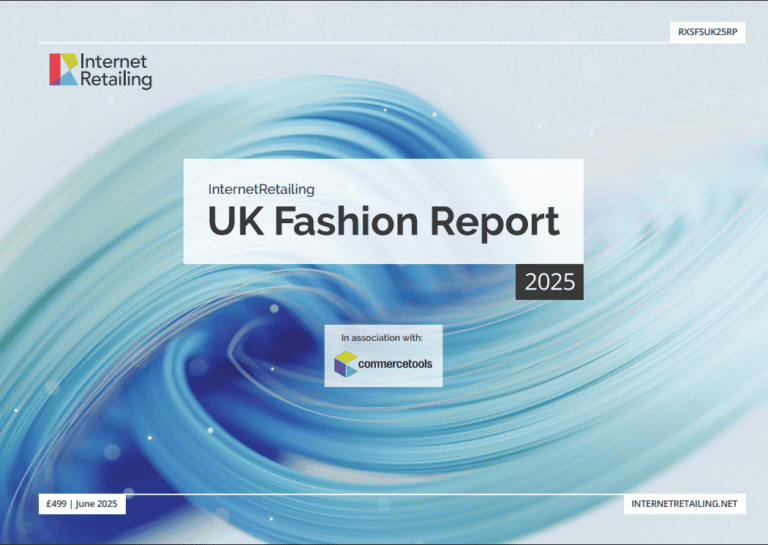A year after the pandemic struck consumers are no longer tolerant of a poor online experience and pain points around delivery top the list of what frustrates them, according to the latest EY Future Consumer Index.
It showed that customers want fast, low-cost deliveries, with half of consumers saying that they are unhappy with expensive deliveries and 28% with slow deliveries.
The research also showed that a quarter of consumers are frustrated with not being able to find what they are looking for easily online. As well as frustration with the challenges of online, consumers miss the in-person engagement and social aspect of instore shopping too.
Silvia Rindone, EY UK&I retail partner, said consumers were ready to spend both instore and online and that retailers need to maximise the opportunities of both. This means providing continued hygiene and sanitation instore and a better experience online. “Retailers must continue to improve their online offer, ensuring that all elements of the online experience satisfy increased customer expectations,” she said.
Rindone said retailers also need to consider how consumers will use both channels as part of a single shopping journey. “The balance of store and online will continue to be important for shoppers that research and buy across channels, although its importance varies according to category. For example, 43% of beauty and cosmetics consumers who buy online will have browsed in store first, versus 28% who buy in store and browse online first. However, 57% of consumers who buy technology in store have researched online first, versus 33% who buy technology online have researched in store first. This means that making it easy for consumers to mix and match their research and buying across channels will be crucial.”
Mona Bitar, EY UK&I consumer leader, said that retailers need to ensure they integrate their channels for the most successful, omnichannel business. “Otherwise, they risk running two parallel business models with reduced productivity across both and split capital and overall investment activity,” she said.








